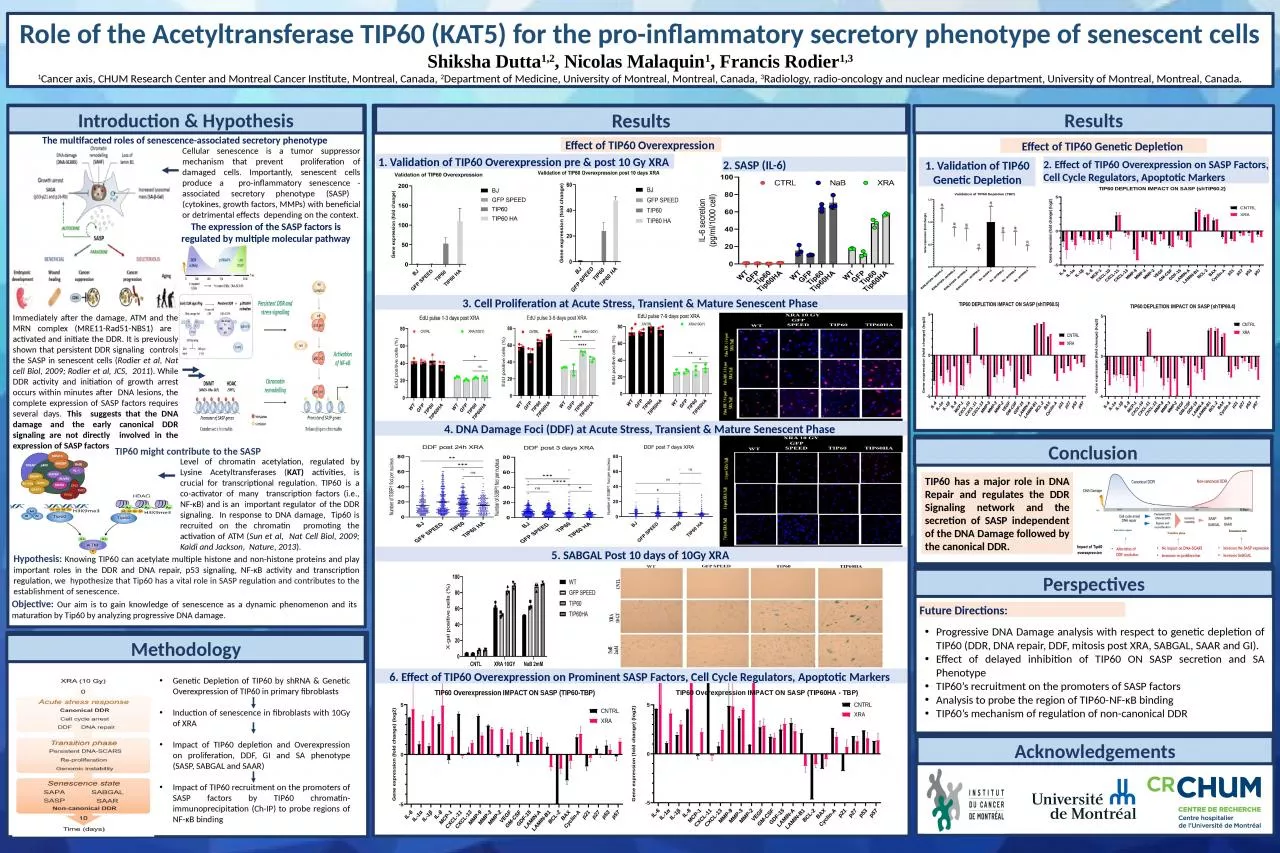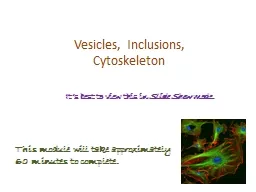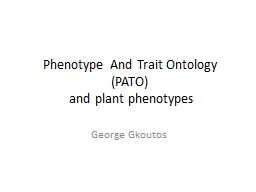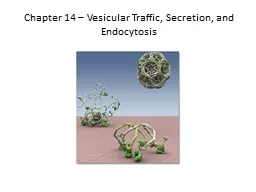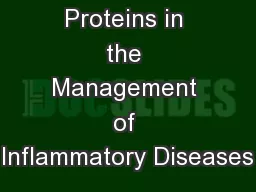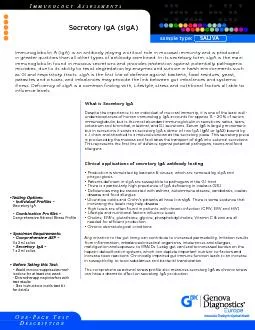PPT-Role of the Acetyltransferase TIP60 (KAT5) for the pro-inflammatory secretory phenotype
Author : kylie | Published Date : 2024-01-29
Shiksha Dutta 12 Nicolas Malaquin 1 Francis Rodier 13 1 Cancer axis CHUM Research Center and Montreal Cancer Institute Montreal Canada 2 Department of Medicine
Presentation Embed Code
Download Presentation
Download Presentation The PPT/PDF document "Role of the Acetyltransferase TIP60 (KAT..." is the property of its rightful owner. Permission is granted to download and print the materials on this website for personal, non-commercial use only, and to display it on your personal computer provided you do not modify the materials and that you retain all copyright notices contained in the materials. By downloading content from our website, you accept the terms of this agreement.
Role of the Acetyltransferase TIP60 (KAT5) for the pro-inflammatory secretory phenotype: Transcript
Download Rules Of Document
"Role of the Acetyltransferase TIP60 (KAT5) for the pro-inflammatory secretory phenotype"The content belongs to its owner. You may download and print it for personal use, without modification, and keep all copyright notices. By downloading, you agree to these terms.
Related Documents

